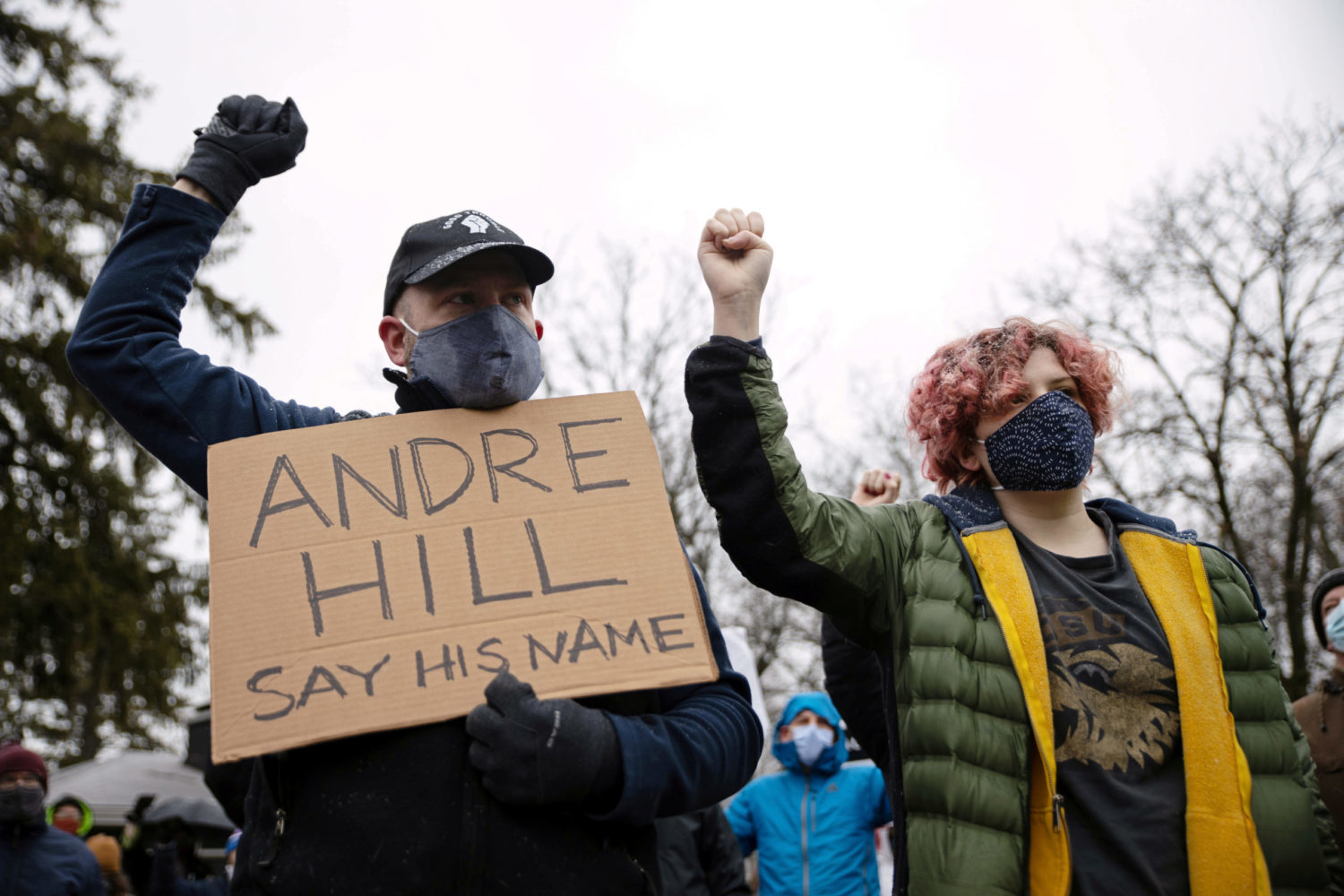By Lucia Mutikani
WASHINGTON (Reuters) -The number of Americans filing new claims for unemployment benefits dropped to a one-year low last week as economic activity rebounds after weather-related disruptions in February.
But the labor market is not out of the woods yet, with the weekly jobless claims report from the Labor Department on Thursday showing a staggering 18.953 million people were still receiving unemployment checks in early March. It will likely take years for a full recovery from the pandemic’s scarring.
“Things have improved over the last year, but there are still millions of people dealing with real economic pain,” said AnnElizabeth Konkel, economist at Indeed Hiring Lab. “Increased vaccinations are hopefully the beginning of the end.”
Initial claims for state unemployment benefits tumbled 97,000 to a seasonally adjusted 684,000 for the week ended March 20, the lowest level since mid-March. Data for the prior week was revised to show 11,000 more applications received than previously reported.
Economists polled by Reuters had forecast 730,000 applications in the latest week. The decline in claims was led by Ohio, which has been dogged by fraudulent filings. There were also large decreases in California and Illinois.
Claims shot up in the second week of March, likely as backlogs after severe winter storms in Texas and other parts of the densely populated South region were processed.
The deep freeze in the second half of February, which also gripped other parts of the country, depressed retail sales, homebuilding, production at factories, orders and shipments of manufactured goods last month.
Warmer weather, the White House’s $1.9 trillion COVID-19 pandemic rescue package and increased vaccinations are expected to boost activity in March. Treasury Secretary Janet Yellen and Federal Reserve Chair Jerome Powell struck an optimistic note on the economy at an appearance before lawmakers this week.
U.S. stocks opened lower. The dollar rose against a basket of currencies. U.S. Treasury prices were higher.
CORPORATE PROFITS FALL
But the massive fiscal stimulus, which extended government-funded unemployment aid, including a $300 weekly supplement, through Sept. 6, could keep claims elevated as some people reapply for benefits. Rampant fraud has also pushed filings higher. Claims surged to a record 6.867 million in March 2020.
Just over a year after the pandemic barreled across the United States, jobless claims remain above their 665,000 peak during the 2007-09 Great Recession. In a healthy labor market, claims are normally in a 200,000 to 250,000 range.
Employment is 9.5 million jobs below its peak in February 2020. Economists say it could take at least two years for the economy to recover all the 22.4 million jobs lost in March and April last year.
It could even take longer for the labor force participation rate, or the proportion of working-age Americans who have a job or are looking for one, to rebound significantly. The participation rate is near a 47-year low, with women accounting for the biggest share of dropouts.
The claims report also showed that people receiving benefits after an initial week of aid dropped 264,000 to 3.870 million in the week ended March 13. But the decline in the so-called continuing claims was partly due to people exhausting their eligibility for benefits, limited to 26 weeks in most states.
At least 5.551 million people were on extended benefits during the week ended March 6, up 734,692 from the prior period. Another 1.068 million were on a state program for those who have exhausted their initial six months of aid.
The government also confirmed on Thursday that the economy lost considerable momentum at the end of last year amid a flare- up in new coronavirus infections and delays in providing more fiscal stimulus.
Gross domestic product increased at a 4.3% annualized rate, the Commerce Department said in its third estimate of fourth-quarter GDP growth. That was up from the 4.1% pace reported last month but a sharp deceleration from the record 33.4% rate logged in the third quarter.
Corporate profits were weak last quarter. After-tax profits without inventory valuation and capital consumption adjustment, which correspond to S&P 500 profits, contracted at a 1.7% rate after accelerating at a 36.1% pace in the third quarter. Profits fell 3.3% in 2020 after rising 1.8% in 2019.
But that is all history. The economy is forecast to grow by as much as a 7.5% rate in the first quarter. Growth this year is expected to top 7%. That would be the fastest growth since 1984 and would follow a 3.5% contraction last year, the worst performance in 74 years.
“We believe there is ample room for corporate profits to rise as company revenues pick up markedly and margins remain well supported,” said Lydia Boussour, lead U.S. economist at Oxford Economics in New York. “Improving health conditions, expanding vaccine distribution, and generous fiscal stimulus will form a powerful growth cocktail.”
(Reporting by Lucia Mutikani; Editing by Chizu Nomiyama and Andrea Ricci)











